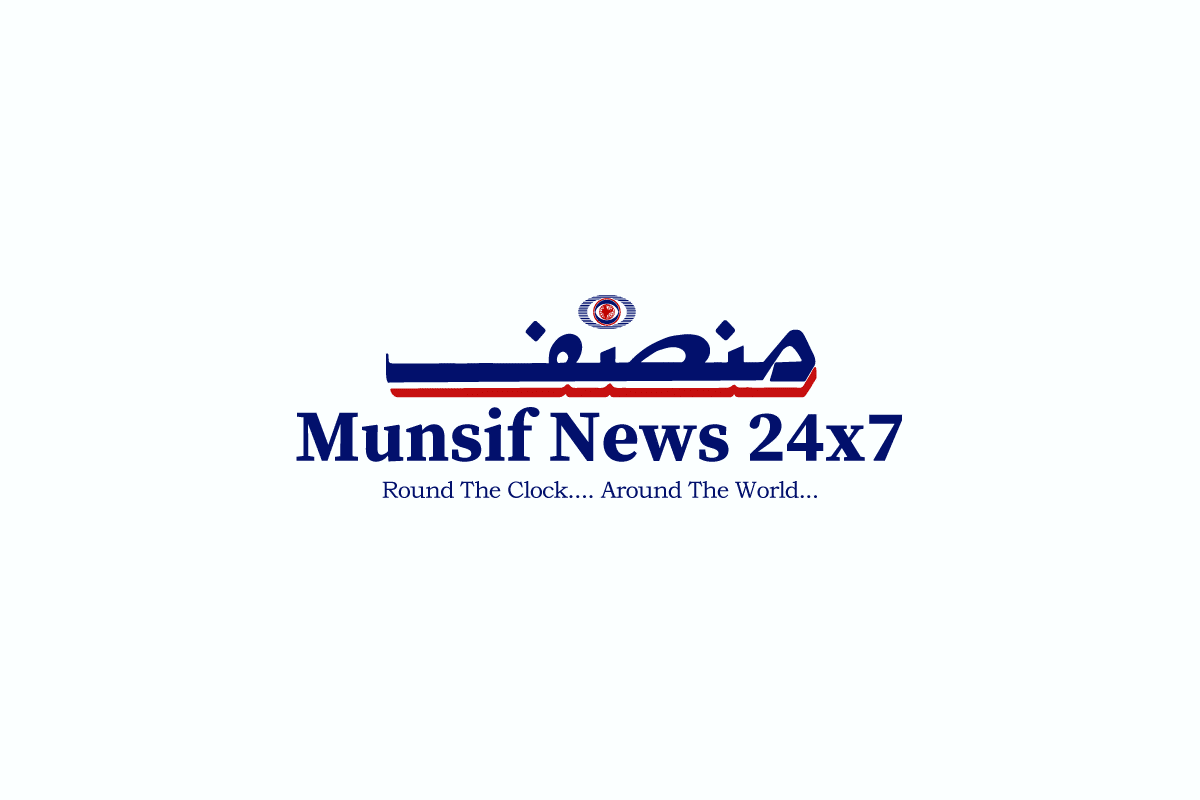
Pratap Bhanu Mehta, the contributing editor of The Indian Express, in his column entitled “Hijab debate is a pretext for institutionalising state cruelty” has highlighted four motives behind call to remove hijab. He states: “It is also evident that the motivating principle behind the call to remove the hijab is not progressive equal rights for all. It had four functions: An instrument by which to browbeat minorities and erase Muslim cultural presence in the public sphere; to continue and create a sense of dread and fear; to trap self-described progressives into a politics of “ifs and buts”; and to foment more violence. All four things have come to pass.”
Deploring the scenes of Muslim students and teachers forced to remove hijab, Mr Mehta writes: “The spectacle of humiliating students and teachers by asking them to remove the hijab is a new level of public moral cretinism. If that spectacle did not shock you, then you are unlikely to be moved by any moral consideration.”
Saying that hijab doesn’t interfere with education or any other job, he calls hijab ban effort a sham. He argues: “What the meaning of hijab is to people who wear it is none of my business; it is not for me to judge. Like many symbols, it can signify anything from dignified faith, self-assertion and empowerment, to oppression. But the important thing from a public point of view is that it does not, on its own, interfere with any project of civic empowerment: It does not interfere with education, holding a job, voting, participating in public life, or achieving anything in life. To, therefore, use it as a pretext for disqualifying someone from teaching or going to college is a travesty.”
Finding the argument about uniforms and dress codes unconvincing, Mr Mehta asserted: “Nor is the argument from a narrowly construed formalism about uniforms and dress codes persuasive. After all, any decent society makes lots of small accommodations and should do, for a janeu, a tilak, a choti, and turban or, in public spaces, even scant attire of sadhus, that might otherwise outrage modesty. These small accommodations also gave Indian society a texture and depth, a lived diversity.”
He pointed out that hijab does not impede any form of civic equality. He says, “The only guiding criteria is whether the particular practice in question impedes any civic purpose or substantial interest of the person who wears it. From a public point of view, the only question is whether there is any form of civic equality that the hijab, to repeat, on its own, impedes. The answer is: None.”
Declaring that the controversy is a pretext to institutionalise state sponsored cruelty, the writer claims: “The BJP has succeeded in its aims of constructing the Muslim as a figure of threat. It has also succeeded in fomenting violence and will now play the “Hindus are victim” card. We feel so tainted that even the pretence of making fine distinctions seems only to reinforce this strategy, not combat it. This debate is not about competing visions of secularism. It is about finding every pretext to institutionalise state sponsored cruelty. It will twist even the most liberal ideas or fine-grained distinctions in that direction.”
